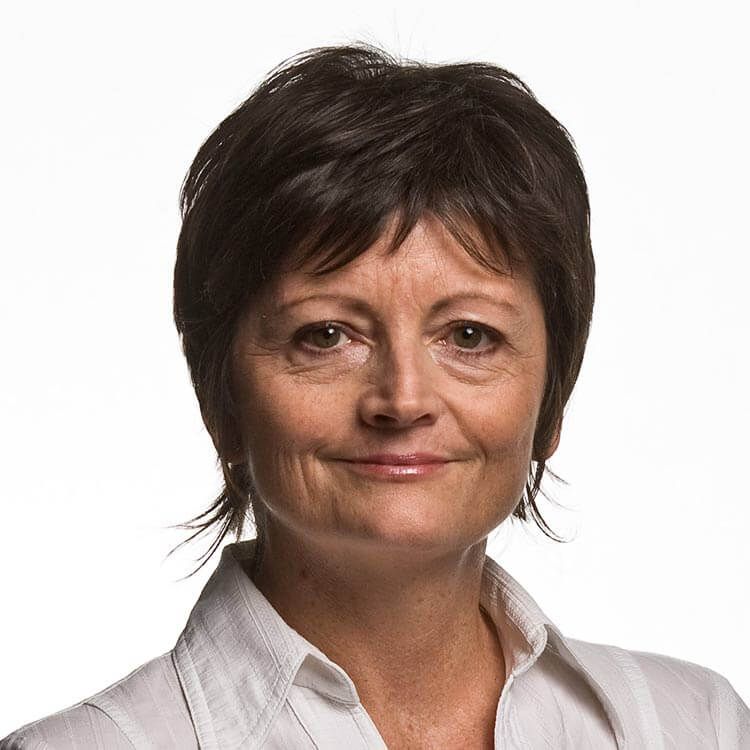Search
Research
CD8+XCR1neg Dendritic Cells Express High Levels of Toll-Like Receptor 5 and a Unique Complement of Endocytic ReceptorsOur data demonstrate that CD8+XCR1neg DCs possess a unique pattern of endocytic receptors and a restricted TLR profile that is particularly enriched for TLR5
Research
MYCN sensitizes neuroblastoma to the MDM2-p53 antagonists Nutlin-3 and MI-63We hypothesized that reactivation of p53 by inhibition of its negative regulator will result in p53-mediated growth arrest and apoptosis.
Research
MEIS proteins as partners of the TLX1/HOX11 oncoproteinAberrant expression of the TLX1/HOX11 proto-oncogene is associated with a significant subset of T-cell acute lymphoblastic leukemias...

Research
Cross-presentation of cutaneous melanoma antigen by migratory XCR1+CD103− and XCR1+CD103+ dendritic cellsThis report provides new insight into the functional specialization within the broad network of dendritic cells that are responsible for skin immunosurveillance
Research
Pediatric Brain Tumors: Innovative Genomic Information Is Transforming the Diagnostic and Clinical Landscape.This article summarizes data from collaborative group and institutional trials that have advanced the science of pediatric brain tumors.
Research
The Immune Response to Skin Trauma Is Dependent on the Etiology of Injury in a Mouse Model of Burn and Excision.This article investigates the impact of burn & excisional injury on the immune system.
Research
Breastfeeding and nutrition to 2 years of age and risk of childhood acute lymphoblastic leukemia and brain tumorsAcute lymphoblastic leukemia and childhood brain tumors are 2 of the most common forms of childhood cancer, but little is known of their etiology.
Research
Effective targeting of the P53-MDM2 axis in preclinical models of infant MLL-rearranged acute lymphoblastic leukemia.This study describes the development and molecular characterization of a panel of patient-derived infant leukemia oncogene xenografts and their sensitivity...
Research
Childhood and parental diagnostic radiological procedures and risk of childhood brain tumorsWe found no evidence of positive associations between risk of childhood brain tumours overall and childhood or parental pre-pregnancy radiological procedures.
